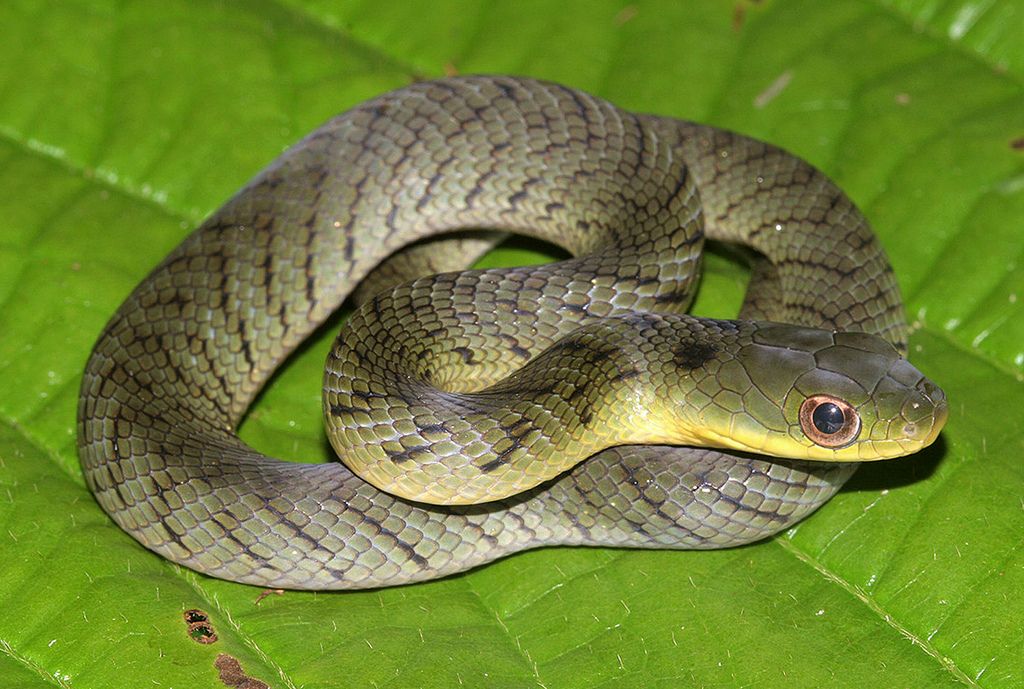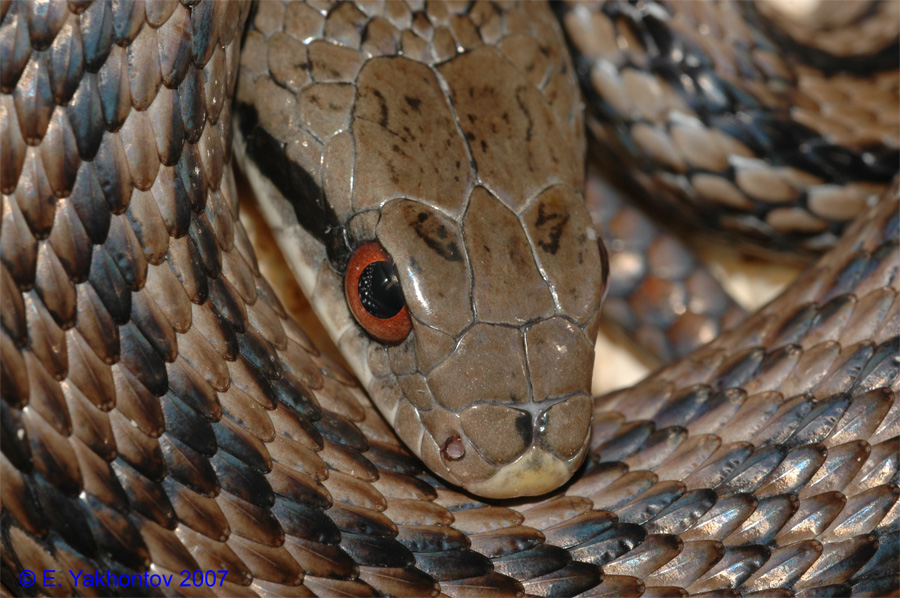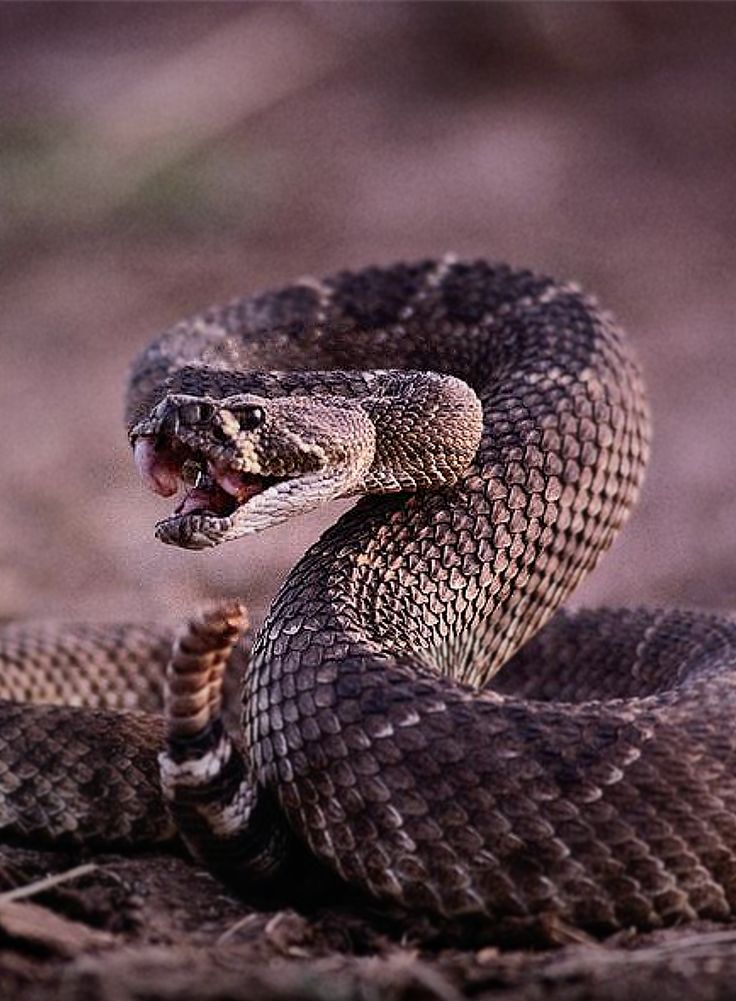Culebra fotos: Fotos de Culebra – Imágenes destacadas de Culebra, Puerto Rico
Fotos Antiguas de Culebra · Archivo Digital de Culebra
Title
Fotos Antiguas de Culebra
Description
Fotos Antiguas de Culebra
Rights
Derechos Reservados por Fundación de Culebra-Rights Reserved by Fundación de Culebra
Barco Hospital-Hospital Ship
Un buque hospital es un barco designado para la función primaria como un centro de tratamiento médico flotante u hospital.
A hospital ship is a ship designated for primary function as a floating medical treatment facility or hospital.
Laguna Lobina Pueblo de Dewey-Lobina Lagoon Dewey Town
Vista de la Laguna Lobina y el Pueblo de Dewey. Circa 1939
Lobina Lagoon view on Dewey Town. Circa 1939
Primer Hospital-First Hospital
Edificio construido en el 1928 como un Hospital, también sirvió de Cuartel de la Policía, Planta Eléctrica, Estación de Radio, y ahora Planta de Comunicaciones.
Structure built in 1928 as a Hospital, it also served as Police Station, Power Plant,…
Al desnudo-Naked
En alguna playa desierta de la Isla de Culebra, Puerto Rico. Disfrutando de un día de sol en la playa..Circa 1924.
Disfrutando de un día de sol en la playa..Circa 1924.
In some deserted beach in the Island of Culebra, Puerto Rico. Enjoying a sunny day on the beach.Circa 1924.
Vendiendo Dulces-Selling Sweets
Grupo de culebrenses vendiendo dulces o golosinas a los marinos durante maniobras en la Isla de Culebra, Puerto Rico. Circa 1915.
Group of Culebra natives selling candy or goodies to the marines during maneuvers on the Island of Culebra, Puerto…
Cortina de Humo-Smoke Screen
Durante la simulación de una invasión general más realista, los barcos de guerra se cubrían con una cortina de humo para no ser vistos de tierra. Culebra, Puerto Rico. Circa 1924.
During a simulation of a more realistic general invasión, the…
Iglesia Católica-Catholic Church
Iglesia Católica construida en el 1923 en un solar donado por Don. Ricardo Romero Arce. Circa 1932
Catholic Church built in 1923 on a lot donated by Don Enrique Romero Arce. Circa 1932
Circa 1932
Aduanas-Custom House
Casa perteneciente a Don Alejandro Márquez utilizada como Aduanas en el pueblo de Dewey, Culebra, Puerto Rico. Circa 1910.
House belonging to Don Alejandro Márquez used as Custom House in the town of Dewey, Culebra, Puerto Rico. Circa1910.
El Primer Puente-The First Bridge
El primer puente de madera que se construyo sobre el Canal de Lobina, para conectar el Sector Fulladoza con el pueblo de Dewey en Culebra, Puerto Rico. Circa 1924-1930.
The first wooden bridge built over the Lobina Channel, to connect the Fulladoza…
Vecindad de Culebra-Vicinity of Culebra
Vista parcial del pueblo de Dewey con la calle principal que conecta el pueblo con Playa Sardinas en Culebra, Puerto Rico. Nótese barcos de la Marina anclados en la Bahía de Ensenada Honda. Circa 1913
Partial view of the town of Dewey with the main…
View all 94 items
culebra photos on Flickr | Flickr
culebra de escalera.
by Lorenzo Acebes
74
culebra de escalera.
by Lorenzo Acebes
80
CULEBRA COLA LARGA
by CerRenzo
25
Punta teatinos IV Región Chile
Culebra del pastizal
by José lozada Fotógrafo de Naturaleza
198
Culebra de escalera
by Miguel Benedicto
64
En las inmediaciones del embalse de Santillana vimos deambular esta culebra de escalera que nos dejó hacer una mini-sesión. Impresiona verla a través del tele.
Culebra de herradura
by Antonio Lorenzo Terres
77
Hemorrhois hippocrepis
En plena sesión de pájaros, por el árbol que sirve de posadero se ha paseado esta serpiente que se alimenta de pequeñas aves.
Paraje natural de Los Molinos (Crevillente-Alicante)
CULEBRA DE ESCALERA
by BLAMANTI
59
Magnífico ejemplar de Culebra de Escalera (Rhinechis scalaris) junto al Caserío de un viñedo Jerezano.
culebra de escalera
by Lorenzo Acebes
61
culebra de herradura / horseshoe whip snake
by jjulio2311
77
culebra viperina
by jjulio2311
86
culebra viperina
by jjulio2311
64
CULEBRA DE ESCALERA
by BLAMANTI
51
Culebra de escalera.
by Lorenzo Acebes
61
Culebra
by José Antonio Mena
66
culebra lisa meridional
by jjulio2311
63
culebra viperina
by jjulio2311
69
CULEBRA DE ESCALERA
by BLAMANTI
51
Culebra
by maryloly guerrero
38
Retratada en una loma de Barahona. Macro.
Macro.
Rep. Dominicana.
CULEBRA DE ESCALERA
by BLAMANTI
36
CULEBRA DE ESCALERA
by BLAMANTI
50
EN LAS TIERRAS ALBARIZAS DE UN VIÑEDO JEREZANO
CULEBRA DE ESCALERA
by BLAMANTI
33
Cobra 01
by lopezrequenapaco
300
CULEBRA DE ESCALERA
by BLAMANTI
24
Culebra bastarda/ Montpellier snake (Malpolon monspessulanus)
by Jacobo Quero
58
Un acercamiento a la cabeza de esta formidable culebra
CULEBRA DE ESCALERA
by BLAMANTI
26
Culebra
by caballero.22039816
58
Culebra de herradura
by Antonio Lorenzo Terres
87
Hemorrhois hippocrepis
En plena sesión de pájaros, por el árbol que sirve de posadero se ha paseado esta serpiente que se alimenta de pequeñas aves.
Paraje natural de Los Molinos (Crevillente-Alicante)
CULEBRA DE ESCALERA
by BLAMANTI
87
Rhinechis scalaris
Culebra viperina.
by Lorenzo Acebes
29
CULEBRA DE ESCALERA
by BLAMANTI
47
Culebra en un viñedo Jerezano
Culebra
by Antonio FP
34
Culebra de collar
by Pedro Luna Guillen
24
www.instagram.com/pedroluna_wildlife/
culebra viperina
by jjulio2311
28
Culebra de herradura
by jose ramon sanz
25
Culebra de agua
by jose ramon sanz
22
Sierra de Gredos
CULEBRA
by BLAMANTI
35
Que te veo
Culebra Bastarda
by jose ramon sanz
22
Ejemplar medido con 1’98 metros, en Paracuellos del Jarama (Madrid)
Culebra de escalera
by Miguel Benedicto
46
Suelo frecuentar el embalse de Santillana, en la zona norte de Madrid, y cada vez es diferente. Alguna foto he compartido ya de ese entorno, somormujos, reyezuelos, espátulas… En esta ocasión tuve un encuentro con una culebra de escalera adulta que se dejó hacer. Hasta tiempo me dio de buscar encuadres diferentes. En este intenté pillar un fondo atractivo en color y desenfoques haciendo destacar el perfil de su cabeza.
Alguna foto he compartido ya de ese entorno, somormujos, reyezuelos, espátulas… En esta ocasión tuve un encuentro con una culebra de escalera adulta que se dejó hacer. Hasta tiempo me dio de buscar encuadres diferentes. En este intenté pillar un fondo atractivo en color y desenfoques haciendo destacar el perfil de su cabeza.
Culebra – 3
by Jose Perez
20
culebra
by Alvaro Goya
27
Culebra viperina
by Antonio FP
17
Culebra
by Jaime Villaseca
12
Culebra cola larga
by Diego Alberto Reyes Arellano
23
CULEBRA
by BLAMANTI
34
culebra viperina
by jjulio2311
146
Culebra bastarda.
by José María Paraíso Hernández
15
Culebra bastarda (Malpolon monspessulanus).
Culebra Viperina.
by José María Paraíso Hernández
15
Culebra Viperina (Natrix maura).
culebra viperina juvenil
by jjulio2311
23
Culebra Island
by Carlos Manchego
23
Puerto Rico
Culebra Bastarda juvenil
by jose ramon sanz
16
Paracuellos del Jarama
Echeveria Culebra from 1330 rubles in Moscow and Moscow Region, delivery
Echeveria (Echeveria) or Echeveria is a perennial herb from the Crassulaceae family, originally from Mexico, sometimes found in arid areas of Central and South America. More than 200 species are known; popularly called – a stone rose, it really looks very similar to a rose, only without thorns and with smooth, perfect leaves, as if carved from stone; the plant does not have a stem; the leaves are fleshy, arranged in a spiral, oval, less often flat shape, covered with a thin waxy film or light pubescence. A thin shell helps to retain moisture and substances useful for the plant, as well as protect against aggressive sunlight; during the flowering period, a long peduncle appears, on which bright, attractive fiery red or orange flowers resembling bells are attached.
A thin shell helps to retain moisture and substances useful for the plant, as well as protect against aggressive sunlight; during the flowering period, a long peduncle appears, on which bright, attractive fiery red or orange flowers resembling bells are attached.
Conditions of maintenance and care:
Lighting: bright diffused lighting is recommended, with good lighting, the color of echeveria becomes saturated, rosettes – large and dense, with a lack of lighting, the plant stretches; in the autumn-winter period, it is recommended to use additional lighting.
Humidity: tolerates dry air well, spraying is not allowed, as water ingress between the leaves may cause the plant to rot.
Temperature: in spring and summer Echeveria is able to tolerate high temperatures, the optimum temperature is +22°С-+27°С; in winter +10С-+15°С, but not lower than +6°С.
Watering: rare and moderate watering is recommended, in summer – as soon as the topsoil dries out, in winter – in a cool room once a month, if the temperature is about +20°C – once every two weeks; prevent water from getting between the leaves – water only under the root of the plant.
Transplantation: immediately after purchasing the plant in the store, it is necessary to transplant it; young plants are transplanted annually, adults – as needed, 1 time in 3-4 years.
Propagation: by leaves, rosettes
– when propagating by leaves, cut off the lower healthy leaf, dry it for 2-3 hours and lightly press it into the soil mixture, which must be moistened with a spray bottle, cover the container with film or glass and place in a well-lit, a warm place, do not forget to ventilate the container and moisten the soil mixture as necessary.
– when propagating with rosettes, it is necessary to carefully cut the basal or apical rosette, remove the lower leaves and dry the cut rosette in the same way as in leaf propagation, after drying, plant the rosette in the soil mixture, which must be moistened with a spray bottle,
Additional information:
This is interesting:
– in the ancient Roman Empire, echeveria was endowed with magical powers, as they believed that it could protect against witchcraft and black magic;
– since ancient times and still people believe that the stone rose has the ability to rejuvenate those who keep this plant nearby;
– florists love echeveria and often use this plant in wedding bouquets and indoor floral arrangements.
Precautions: echeveria juice does not contain toxic substances, so it does not pose a danger to people, this plant is also not allergenic, but with individual intolerance, it can cause an allergic reaction.
Useful properties : Echeveria contains ascorbic acid, polysaccharides, mineral compounds of chlorine and iron, amino acids and flavonoids; the plant has disinfectant properties, it is applied to festering wounds and to inflamed places on the skin; also treat boils, acne, bronchitis.
Reptile cigars. Сulebras
Magnum, №4, 2006
Among cigars there are quite bizarre ones, for example – culebras (“culebras”). Three panatela cigars intertwined and therefore curved. Hence the name: culebra is Spanish for snake.
According to some sources, this whimsical cigar creation first appeared in the 19th century “for official use”. The fact is that at the end of the working day, the rollers were given a few cigars that they could take home – worse than those that went on sale. But then the factory bosses discovered that the workers were taking away first-class cigars, and in their place they were putting in boxes those that were issued for legal take-out. Then it occurred to some of the bosses to make a bunch of promotional cigars while they were still damp, in order to distinguish them from “trade” ones.
But then the factory bosses discovered that the workers were taking away first-class cigars, and in their place they were putting in boxes those that were issued for legal take-out. Then it occurred to some of the bosses to make a bunch of promotional cigars while they were still damp, in order to distinguish them from “trade” ones.
Most likely, this is a legend or a generalization based on a separate case. Skeptics notice: torcedors themselves could easily make a “culebra” out of anything, so managers didn’t even have to try – only at a loss, given the hassle of making intricate ligaments. Perhaps it was simply more convenient for workers or farmers to keep culebras in their pocket. And even that: culebras, as a rule, are made from fairly thin cigars, robustos and churchills are not intertwined, while workers are rewarded with cigars from those that were spun during the shift, and there might not have been any thin among them …
Another version explaining the origin of culebras: as if weaving cigars made it clear that they were made from a long sheet. It doesn’t sound very convincing, since there’s nothing stopping you from making culebras out of cut tobacco.
It doesn’t sound very convincing, since there’s nothing stopping you from making culebras out of cut tobacco.
Encyclopaedia of Post-Revolution Havana Cigars credits as the genre’s inventor to the cigar makers of the Philippines, where culebras date back to around the middle of the 19th century. According to the author of the guide, the creators of culebras were guided by the belief that the thicker the cigar, the better it matures, in their understanding, such a powerful symbiosis of three tightly, like a rope, intertwined cigars allowed thin cigars to mature as well as thick cigars.
One way or another, now, as before, the “ball of snakes” is a small-scale product and therefore a rarity, counting on lovers of curiosities.
For quite a long time – already in the latest period of history – export culebras could only be found in the assortment of Cuban factories, although here they were never taken seriously in terms of taste, giving priority to the form (original) in this case and relegating the content to the background (rather modest). Yes, funny little thing.
Yes, funny little thing.
Culebras were made in small numbers before the revolution and even fewer since, in recent years, exclusively under the Partagas brand.
Each individual Cuban culebras measures 14.6 cm x 1.5 cm. Each bundle is wrapped in silver foil – eight bundles are placed in the box plus (to form a standard volume – 25 pieces) one cigar.
The specifications of Habanos provide for two types of making the cigars themselves, from which culebras are formed: machine-made using a cut sheet and hand-made using a cut sheet. Meanwhile, at the latest festival in Havana, Culebras by Partagas were presented with an innovation: entirely handmade from a long sheet and a personalized wooden case for one bundle.
The surge in interest in cigars has led to the emergence of culebras in factories outside of Cuba. Three samples are available in Russia.
In the luxury class – Davidoff Special “C”. 100% tobacco, long leaf filled, handmade, Dominican Republic and, as the manufacturers describe it, “a legendary past with a unique twist”.
More democratic than Villiger Curly. They come from Switzerland and are a hybrid of two typological species. The end result is culebras but makes up a bunch of virginia type cigars. Cut tobacco and machine dressing.
The culebras of the Dominican brand La Flor Dominicana stand apart: two cigars in a bundle with a cover in natural color, and one in maduro (dark brown). In addition, they come in two versions: Especial and Gorda, differing in the thickness of their cigars.
Going beyond our market, we note that there are also known cigar “bindings” from Honduras and the Philippines. At the Dominican factory A.Fuente, zebra-shaped culebras are made to order, where each cigar is dressed in a tricolor cover: alternating stripes are formed by different leaves – light, brown, dark – filigree work.
In Cuba, outside the factory, as souvenirs, they make “culebras” of five cigars.
For smoking culebras are shared. If there are three of you, then this is already a ritual: a symbol of friendship, interconnectedness, a kind of peace pipe that does not contradict hygiene, a joint business in which interests coincide, but are also quite individual .